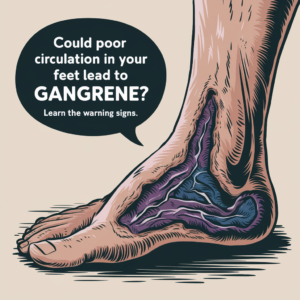Understanding whether you have too much or too little stomach acid is crucial for diagnosing and treating gastrointestinal issues. Both conditions can lead to discomfort and digestive problems, but their treatments are quite different.

What is GERD?
Gastroesophageal Reflux Disease (GERD) is a chronic condition where stomach acid flows back into the esophagus. This can cause symptoms like heartburn, regurgitation, and even damage to the esophageal lining. GERD is often associated with excessive stomach acid, but it can also occur in people with low stomach acid.
Symptoms of GERD
- Heartburn
- Regurgitation
- Chest pain
- Difficulty swallowing
- Dry cough
How to Help Low Acid
Low stomach acid, also known as hypochlorhydria, can lead to poor digestion, nutrient deficiencies, and gastrointestinal infections. Here’s how to manage it:
Increase Acid-Producing Foods
Consume foods that naturally increase stomach acid, such as apple cider vinegar, lemon juice, and ginger.
Supplement with Betaine HCL
This supplement can increase stomach acid and improve digestion.
Consult a Doctor
Always consult a healthcare provider for an accurate diagnosis and appropriate treatment.
How to Help Too Much Acid
Excessive stomach acid can lead to conditions like GERD, ulcers, and gastritis. Here’s how to manage it:
Antacids
Over-the-counter antacids can neutralize stomach acid temporarily.
Proton Pump Inhibitors
These medications reduce acid production and are often prescribed for chronic conditions.
Lifestyle Changes
Avoiding spicy foods, caffeine, and alcohol can help manage symptoms.
Symptoms List for Each Condition
Symptoms of Low Stomach Acid
- Bloating
- Gas
- Indigestion
- Nutrient deficiencies
- Diarrhea or constipation
Symptoms of High Stomach Acid
- Heartburn
- Acid reflux
- Ulcers
- Gastritis
- Nausea or vomiting
Whether you have too much or too little stomach acid, it’s essential to consult a healthcare provider for an accurate diagnosis and appropriate treatment plan. Both conditions can significantly impact your quality of life, but with the right approach, they can be managed effectively.
Further Considerations for Acid-Related Issues
After identifying whether you have too much or too little stomach acid, the next steps involve a more in-depth approach to treatment and lifestyle changes. Here’s what you need to know.
Diagnostic Tests
Endoscopy
This procedure involves inserting a camera down your esophagus to examine the stomach lining and esophagus for damage.
pH Monitoring
A small device is placed in your esophagus to measure pH levels, helping to determine acid levels.
Blood Tests
These can identify nutrient deficiencies, which may indicate low stomach acid.
Dietary Changes
Low Acid Diet
Foods like bananas, melons, and oatmeal can help manage symptoms of high stomach acid.
High Acid Diet
For those with low stomach acid, a diet rich in protein and acidic foods like citrus can help.
Exercise and Stress Management
Yoga and Meditation
These practices can help manage stress, which can exacerbate both low and high stomach acid conditions.
Aerobic Exercise
Moderate exercise can improve digestion and reduce stress, helping to balance stomach acid levels.
When to Seek Medical Help
If symptoms persist despite lifestyle changes and over-the-counter treatments, it’s crucial to consult a healthcare provider for a more thorough evaluation and treatment plan.
Potential Treatments
Depending on your condition, your doctor may recommend surgery or more potent medications.
Final Thoughts
Understanding your body’s acid levels is the first step in resolving digestive issues. Whether you have too much or too little stomach acid, a comprehensive approach involving diagnostic tests, dietary changes, and stress management can make a significant difference. Always consult a healthcare provider for a tailored treatment plan that’s right for you.
As an Amazon Associate we earn from qualifying purchases through some links in our articles.




